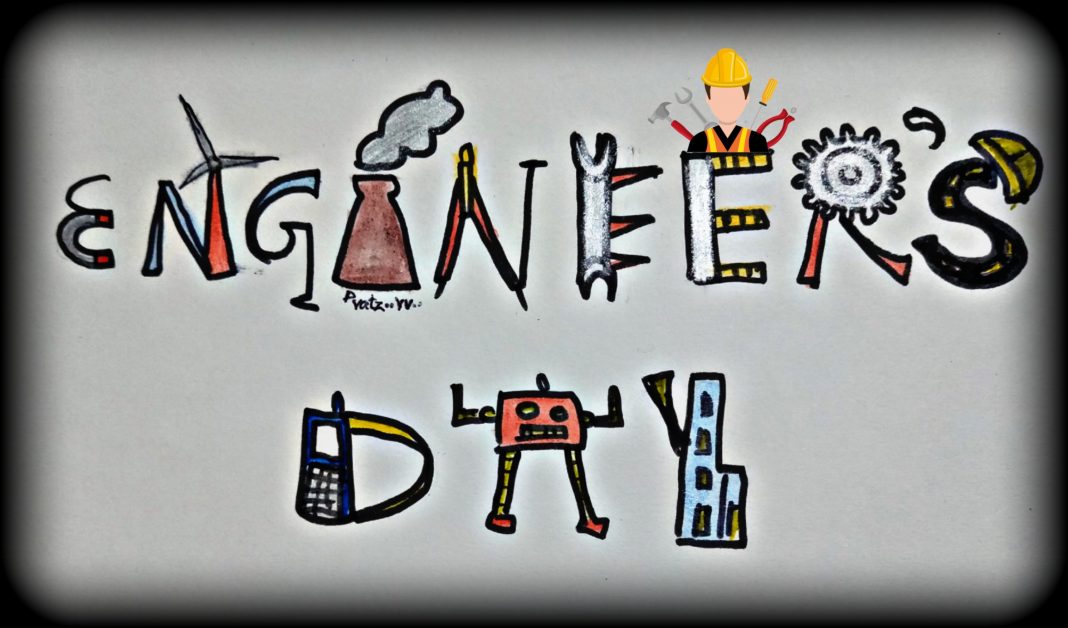Whenever there is someone who choose engineering as his/her career the branches that first comes to our mind are- Computer Science Engineering, Electrical Engineering, Electronics and Communication Engineering, Mechanical Engineering, Civil Engineering.
But other than these there are several other branches which students should choose so that they can get different taste of the branch.
1. Aerospace Engineering
Study of engineering principles of aerospace systems such as aircraft, spacecraft etc. Formerly known as aeronautical engineering.
2. Agricultural Engineering
Deals with the study of the application of engineering principles to agricultural fields such as farm power and machinery, biological material process etc.
3. Automobile Engineering
Study of engineering which deals with different components like mechanical, electronic, software etc. applied to the design, manufacture and operation of automobiles.
4. Biotechnology
The study of engineering which covers biology and medicine.
5. Ceramic Engineering
Ceramic engineering is the science and technology of creating objects from inorganic, non-metallic materials.
6. Chemical Engineering
Chemical engineering is a branch of engineering that applies the natural sciences and life sciences together with mathematics and economics to produce, transform, transport, and properly use chemicals, materials and energy.
7. Earthquake Engineering
Earthquake engineering is the study concerned with protecting society, the natural and the man-made environment from earthquakes by limiting the seismic risk to socioeconomically acceptable levels.
8. Environmental Engineering
Environmental engineering is the integration of science and engineering principles to improve the natural environment, to provide healthy water, air, and land for human habitation and for other organisms, and to clean up pollution sites.
9. Fashion Technology
Fashion technology is the art of the application of design and aesthetics or natural beauty to clothing and accessories.
10. Food Engineering
Study of technology behind food processing, food machinery, packaging, ingredient manufacturing etc.
11. Marine Engineering / Ocean engineering
Marine engineering broadly refers to the engineering of boats, ships, oil rigs and any other marine vessel or structure. Specifically, marine engineering is the discipline of applying engineering sciences, mostly mechanical and electrical engineering, to the development, design, operation and maintenance of watercraft propulsion and on-board systems.
Mechatronics is a design process that includes a combination of mechanical engineering, electrical engineering, telecommunications engineering, control engineering and computer engineering.
13. Metallurgical Engineering
Metallurgy is a domain of materials science and engineering that studies the physical and chemical behavior of metallic elements, their inter-metallic compounds, and their mixtures, which are called alloys.
14. Mining Engineering
Mining engineering is an engineering discipline that involves the practice, the theory, the science, the technology, and application of extracting and processing minerals from a naturally occurring environment.
15. Nanotechnology
Nanotechnology is the manipulation of matter on an atomic, molecular, and supra-molecular scale.
16. Paper Engineering
Study of the design of the production process of paper products
17. Petroleum Engineering
Petroleum engineering is a field of engineering concerned with the activities related to the production of hydrocarbons, which can be either crude oil or natural gas.
18. Plastics Engineering
Plastics engineering encompasses the processing, design, development, and manufacture of plastics products.
19. Polymer Engineering
Polymer engineering is generally an engineering field that designs, analyses, and/or modifies polymer materials.
20. Textile engineering
Textile engineering courses deal with the application of scientific and engineering principles to the design and control of all aspects of fiber, textile, and apparel processes, products, and machinery.








